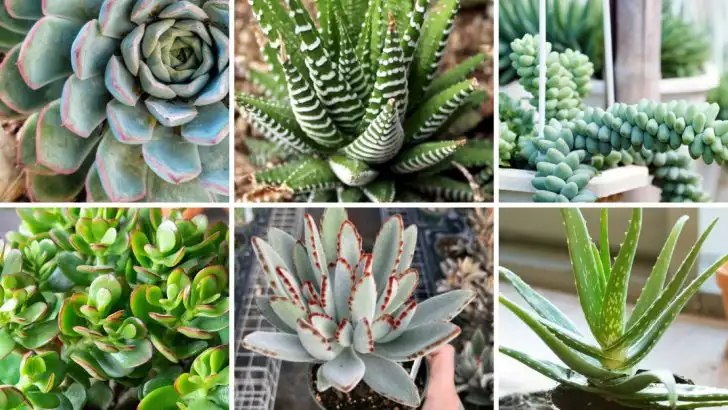Succulents have a reputation for being low-maintenance, which is mostly true—until you water them like a regular houseplant. That’s usually when things go sideways. Some of the most striking varieties are also the easiest to overdo with the watering can, even if they look bone-dry on the surface.
It’s a bit of a balancing act: they thrive on neglect, but they also look so good it’s tempting to fuss over them. These ten succulents are absolutely stunning, but they’ll let you know quickly if you’re being too generous with water. Knowing which ones to watch (and how to read the signs) can save you from the heartbreak of a mushy, overwatered plant.
Echeveria Elegans
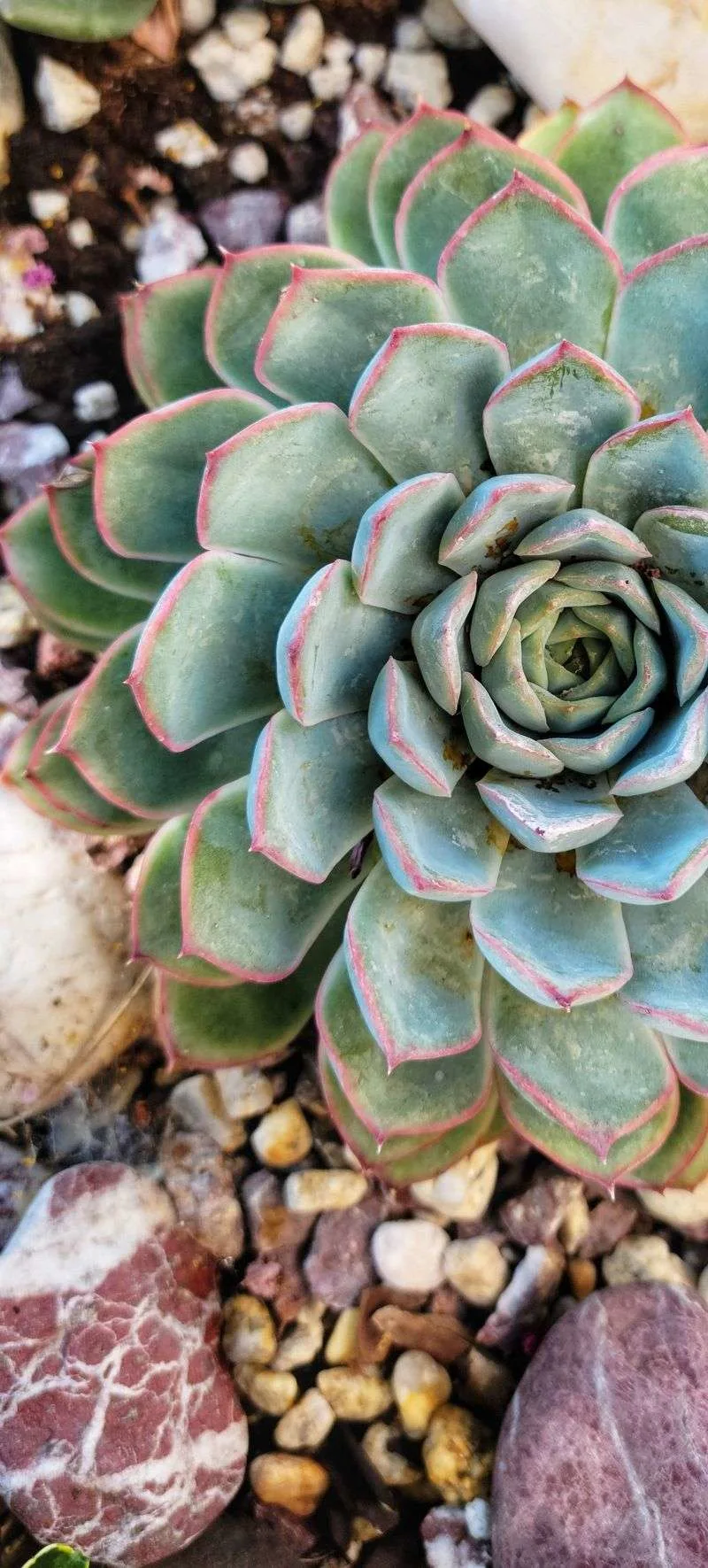
The Echeveria Elegans, with its mesmerizing rosette shape, captures the heart of many succulent lovers. Its leaves resemble delicate petals of a blooming flower, exuding a charm that’s hard to resist. However, this beauty often falls prey to overwatering, as its roots prefer dry conditions.
A succulent that thrives in well-drained soil, it needs a careful balance of moisture. A fun fact: Echeveria Elegans is sometimes called the ‘Mexican Snowball.’ Its blue-green leaves turn pinkish at the edges with light exposure, making it a dynamic addition to any collection.
Haworthia Fasciata
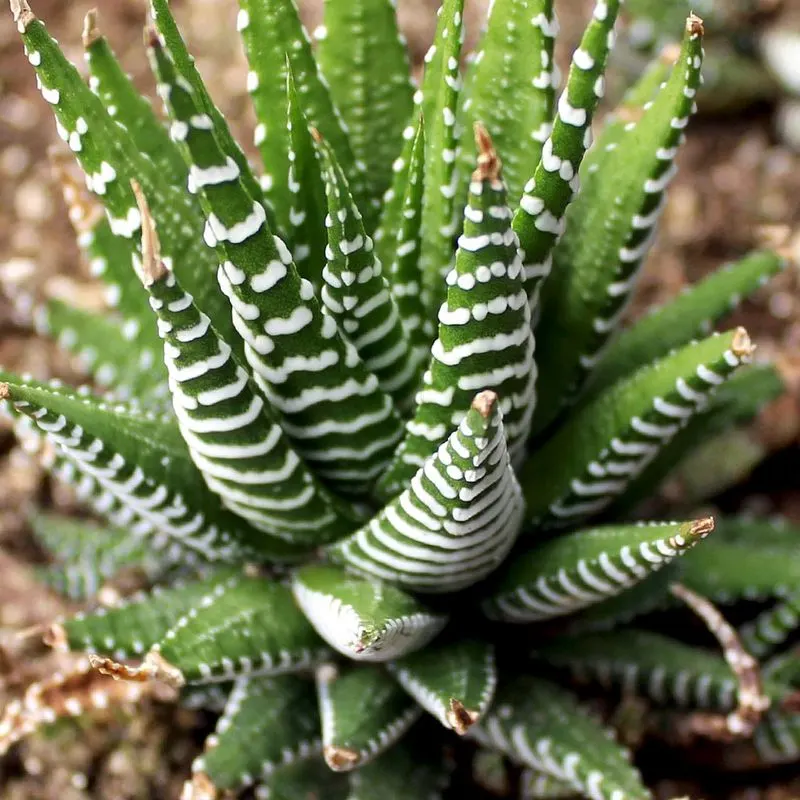
Haworthia Fasciata, often mistaken for an Aloe, stands out with its zebra-striped leaves. Its hardy nature masks its vulnerability to overwatering. Originating from South Africa, this succulent enjoys a dry environment similar to its native land.
The plump leaves store water efficiently, making frequent watering unnecessary. Known for its architectural appeal, it fits in beautifully with contemporary decor. Did you know? The ‘Zebra Plant’ is a popular choice for beginners due to its forgiving nature, yet it teaches the valuable lesson of restraint in watering.
Sedum Morganianum
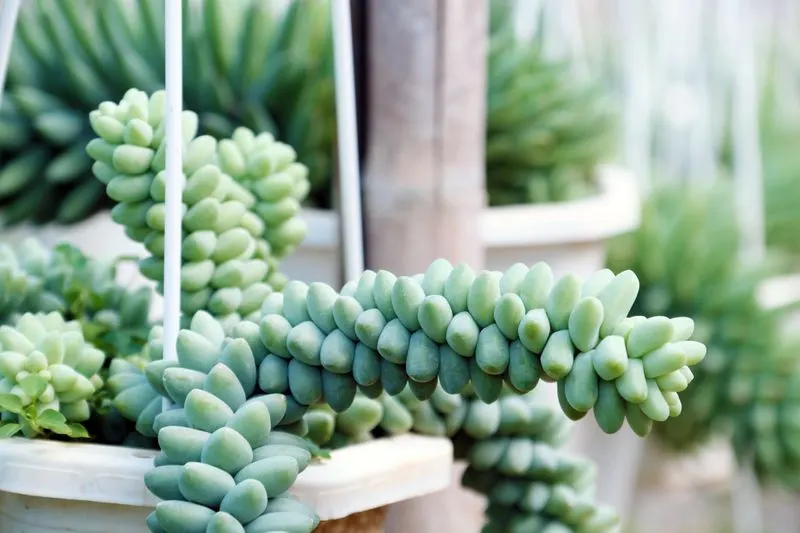
Commonly known as ‘Burro’s Tail,’ Sedum Morganianum is a striking succulent with trailing stems. Its unique appearance makes it a favorite among gardeners looking to add texture. However, its plump leaves are sensitive to excessive moisture.
Perfect for hanging baskets, it requires minimal watering, especially in cooler climates. A quirky fact: if you touch its leaves too often, they might detach! Its fragile nature adds an element of care and caution to its cultivation. This succulent truly embodies the phrase ‘less is more’ when it comes to watering.
Crassula Ovata

Known as the ‘Jade Plant,’ Crassula Ovata is treasured for its tree-like structure and longevity. The thick, glossy leaves are a testament to its ability to store water, making overwatering a common mistake. This succulent, native to South Africa, thrives on neglect.
Often associated with good luck and prosperity, it’s a staple in homes and offices. Interesting tidbit: with time, it can grow into a small tree. Despite its robustness, it craves well-drained soil, highlighting the delicate balance of care required.
Kalanchoe Tomentosa
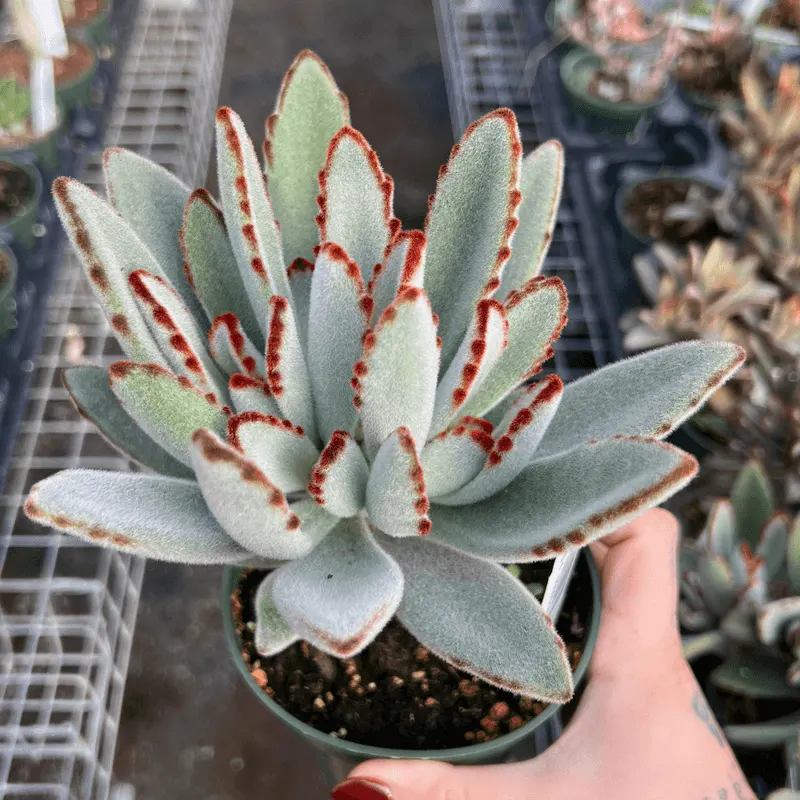
The ‘Panda Plant,’ or Kalanchoe Tomentosa, charms with its fuzzy, soft leaves edged in brown. Its tactile appeal is matched by its sensitivity to overwatering. This resilient plant hails from Madagascar, preferring arid conditions.
Its unique appearance and texture make it a delightful addition to any collection. Fun fact: its leaves’ fuzz helps reduce water loss, a clever adaptation to its native dry habitat. While it’s easy to care for, ensuring proper drainage is vital to prevent root rot.
Aloe Vera
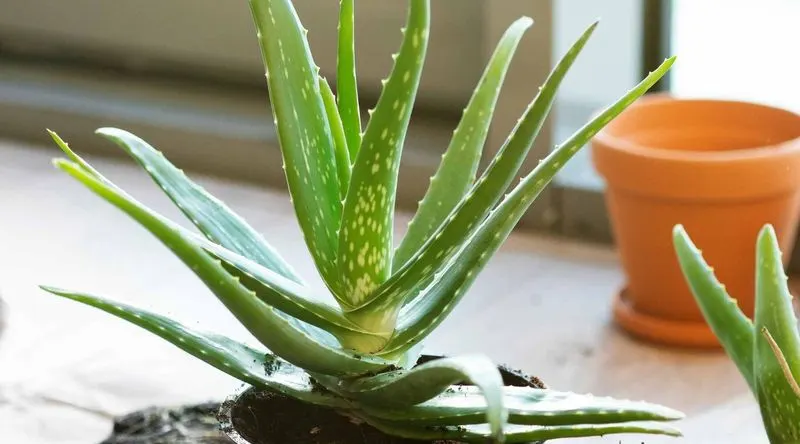
Aloe Vera, renowned for its soothing properties, is also notorious for its dislike of overwatering. Its thick leaves store ample water, a testament to its desert origins. This succulent is a staple in many households, cherished for its medicinal uses.
While it’s easy to grow, it thrives on neglect. An intriguing fact: Aloe Vera can survive for extended periods without water, reflecting its adaptability. However, too much water can lead to root rot, making careful watering essential for its health.
Graptopetalum Paraguayense
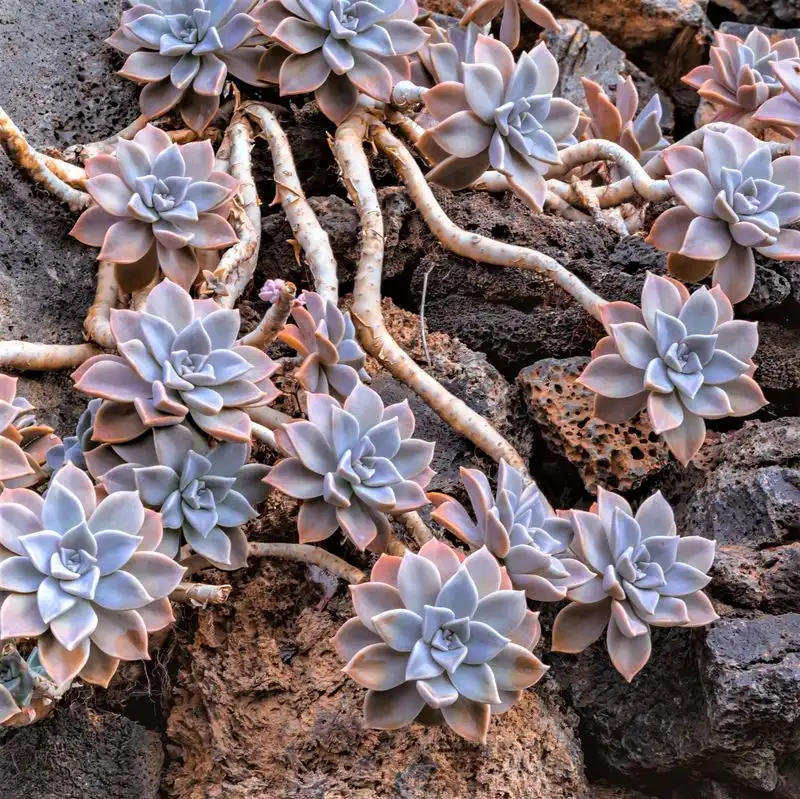
Often called the ‘Ghost Plant,’ Graptopetalum Paraguayense captivates with its pastel-hued leaves. Its ethereal beauty can be misleading, as it requires a careful hand with watering. Native to Mexico, this succulent embodies the spirit of its arid homeland.
Its leaves form a rosette pattern, adding a geometric elegance to any arrangement. A fascinating tidbit: its color changes with sun exposure. Despite its delicate look, it is quite robust if kept dry, needing minimal water to thrive.
Pachyphytum Oviferum
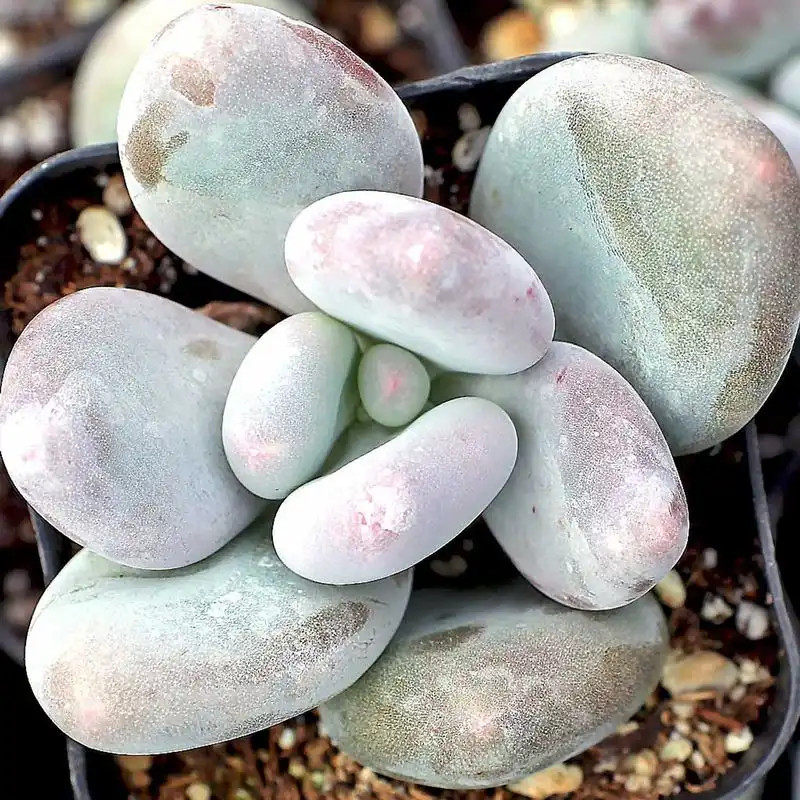
Pachyphytum Oviferum, or ‘Moonstone,’ enchants with its chubby, powdery blue leaves. Resembling sugar-coated almonds, it’s a visual delight. Despite its tough appearance, it is surprisingly sensitive to overwatering.
This succulent prefers bright light and well-drained soil to flourish. Did you know? Its leaves can blush with pink hues when exposed to sunlight. Balancing hydration is crucial; too much water and its plump leaves may burst, reflecting its vulnerability hidden beneath its tough exterior.
Adromischus cristatus
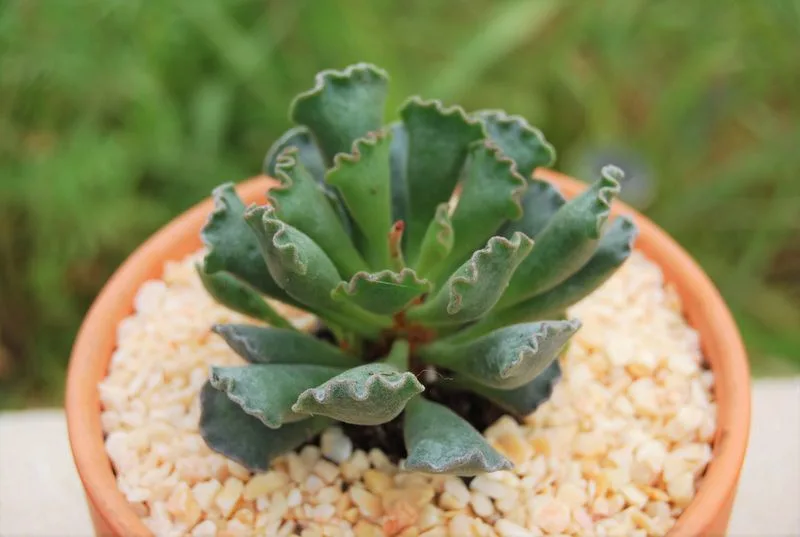
Adromischus cristatus, whimsically known as ‘Crinkle Leaf Plant,’ stands out with its uniquely crinkled leaves. These leaves, resembling green waves, add an artistic touch to any collection. Despite its hardy look, it is susceptible to overwatering.
Hailing from South Africa, it thrives in dry conditions. A quirky fact: its leaves can vary in shape, creating a diverse visual appeal. This succulent loves a sunny spot and requires restrained watering, teaching patience in plant care.
Lithops
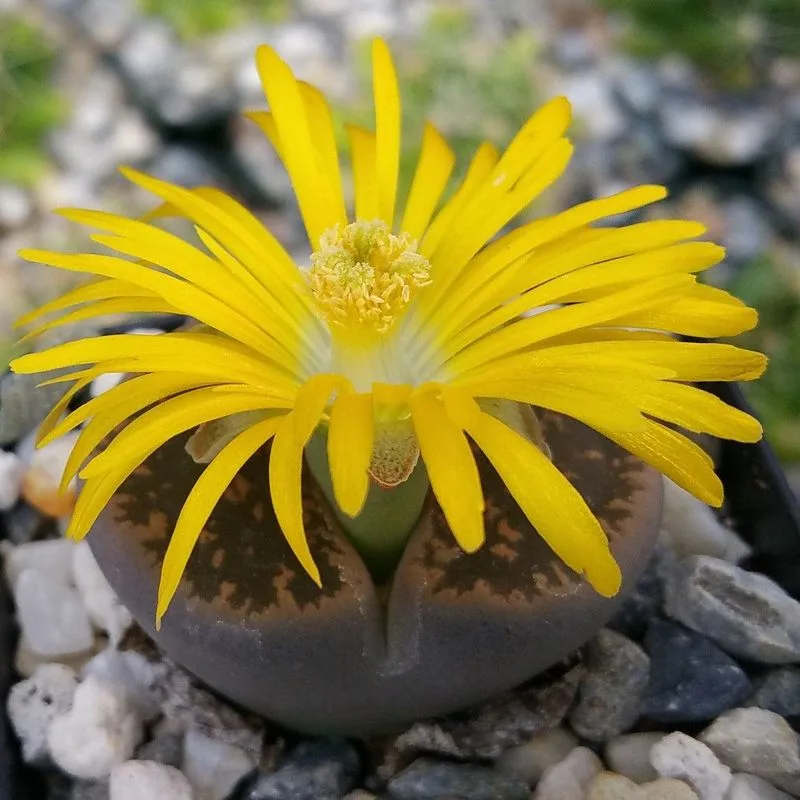
Lithops, commonly known as ‘Living Stones,’ mimic the appearance of small stones or pebbles. This clever disguise helps them survive in harsh environments. Ironically, their stone-like nature makes them particularly vulnerable to overwatering.
These succulents prefer a hands-off approach, thriving with minimal intervention. A fun tidbit: Lithops only reveal their hidden flowers once a year, adding an element of surprise. Their care requires patience, emphasizing the mantra ‘less is more’ when it comes to watering.

